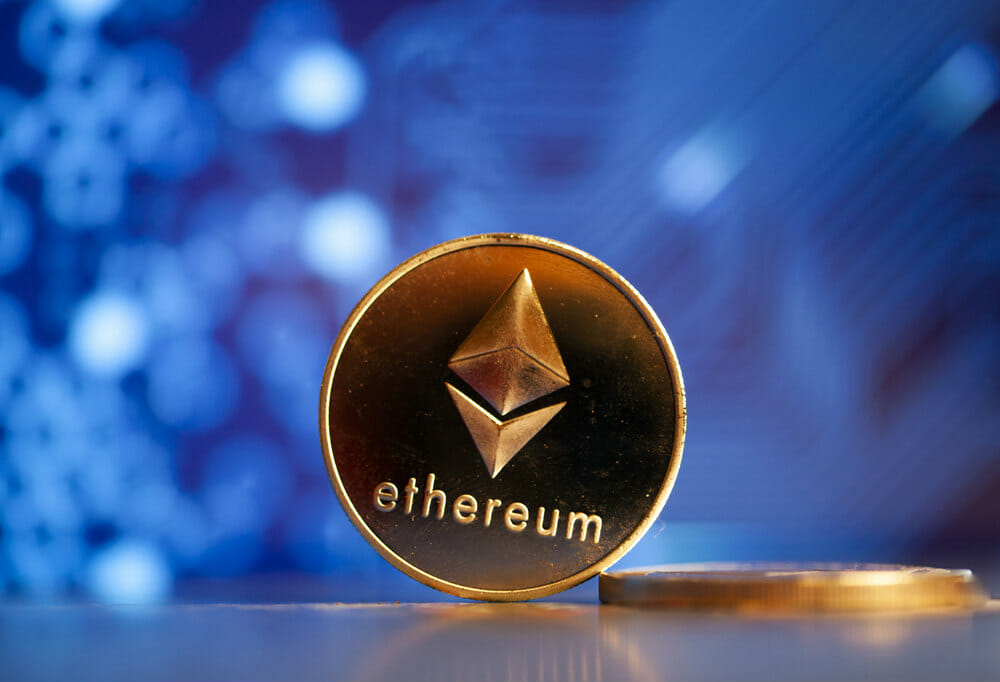The figures show that day by day, the number of validators interested in supporting Ethereum 2.0 continues to increase, which is at more than 280,000 addresses that will process blocks.
A new survey reveals that the first smart contract for Ethereum 2.0 exceeds 9 million ETH deposited, a figure that exceeds $30.3 billion at current exchange rates.
This information gets reflected in the data extracted from Etherscan.io, which shows the ETH funds deposited by those interested in staking in the new version of Ethereum experiencing an increase over the days.
These funds planted a new record for the project related to capitalized support from the stakeholder community.
The smart contract got launched in November 2020, and since then, many people have deposited 32 ETH to be the first to process the new network blocks, which will get processed under the Proof-of consensus algorithm.
Current data reveals that at least 280,000 addresses appear as validators for the new network, a figure that gets expected to increase progressively to guarantee greater decentralization of the process.
Transition to the Merge
The expectation about the arrival of Ethereum 2.0 grows because the new update contemplated in the project’s roadmap, better known as The Merge, got recently launched in a test network, possibly bringing with it the start of staking operations.
This situation means that those who have deposited funds in the smart contract will start processing blocks and thus derive the associated earnings.
Although other vital steps in the project’s roadmap still have relevance, there is a lot of enthusiasm coming from developers and investors because this project brings Ethereum 2.0 much closer.
Along with the arrival of Ethereum 2.0, comes a transition that should solve the problems that the network currently presents in terms of scalability and high costs for operations.
The Future of Ethereum
Last December, the developer, and co-founder of Ethereum, Vitalik Buterin, revealed a tentative roadmap for what would be Ethereum 2.0.
Although many things went hand in hand with the original proposal, many users called for attention to the centralization in the processing of blocks.
The developers involved will have to attend this calling to maintain the balance that the project proclaims from the beginning.
Even though Ethereum has recently received updates to improve its operational performance, scalability and high cost of operations remain relevant issues. However, EIP-1559 brought an ETH destruction scheme linked to network fees, which has begun to endow the coin with deflationary properties, considering that more Ether is getting burned than what is taking place.
While this is happening, the development teams continue their hard work to get Ethereum 2.0 to the next phase as soon as possible. Analysts and enthusiasts expect to see this materialize by 2022, at least to a functional point where the network can assist the use cases known today.
By: Jenson Nuñez











